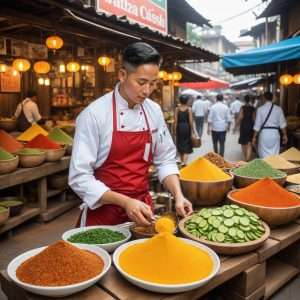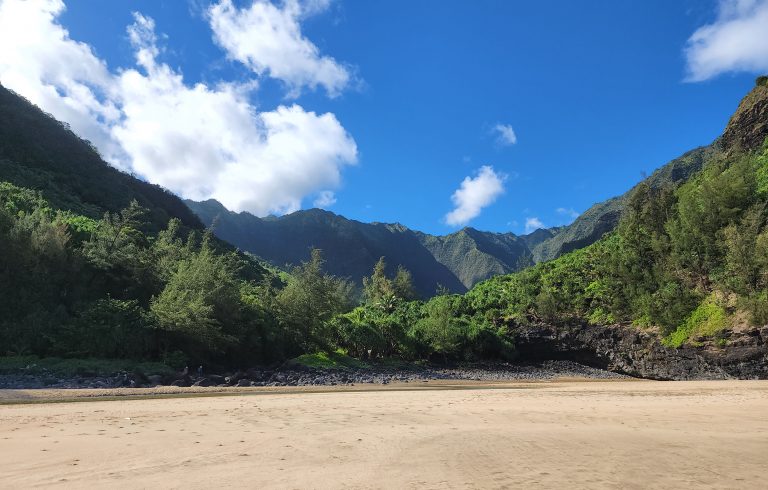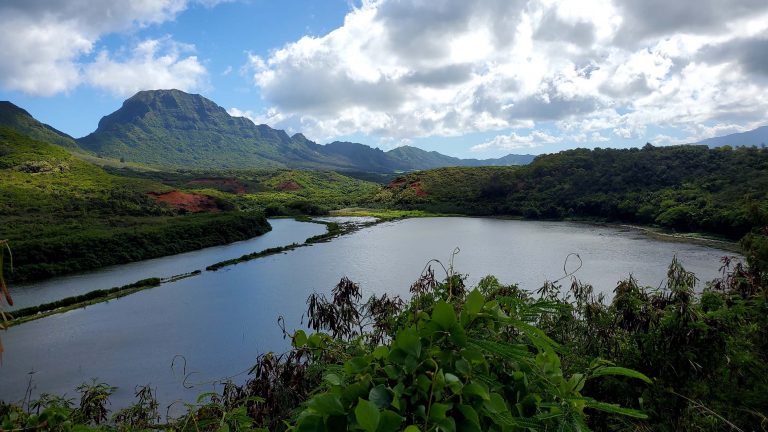Zombie Bunny is Reader-supported and may earn an affiliate commission through links on our site.

Valencia, Spain: A Kids (and Adults) Paradise
Discover the beauty of Valencia, Spain's third-largest city, renowned for its stunning architecture, vibrant nightlife, and iconic attractions including Valencia Cathedral and City of Arts and Sciences.
Valencia is a port city on the east coast of Spain. It is the third largest city in Spain after Madrid and Barcelona, with a population of over 1 million people. Valencia is known for its beautiful architecture, including the La Lonja de la Seda (silk exchange) which is a UNESCO World Heritage Site, and its museums such as the Museo de Bellas Artes de Valencia. The city also has a lively nightlife scene, with many bars and clubs to choose from.
In terms of all the ports we visited during our cruise, I think this one was one of the top ones we liked, especially with kids. We could have easily stayed several days and still not done everything we wanted.
Valencia Cathedral

© Copyright , ZombieBunny.Org
The Valencia Cathedral is a Roman Catholic cathedral located in Valencia, Spain. It is the seat of the Archbishop of Valencia. The cathedral was built in 1238 and is one of the oldest Gothic cathedrals in Spain. It is home to the Holy grail, which is on display in the cathedral treasury. The Valencia Cathedral is a beautiful example of Gothic architecture and is definitely worth a visit if you’re in Valencia.
City of Arts and Sciences
One of the most popular tourist destinations in Spain is the City of Arts and Sciences in Valencia. This massive complex consists of several different buildings, each with its own unique purpose.
Between this and the park discussed in the next section, this port quickly became a hit with the kids. The nice thing about the City of Arts and Sciences is everything is in one place and extremely walkable. You don’t have to take transportation around the city to see the different things, not to mention the “Central Park” walking paths and grassy areas.
Palace of the Arts
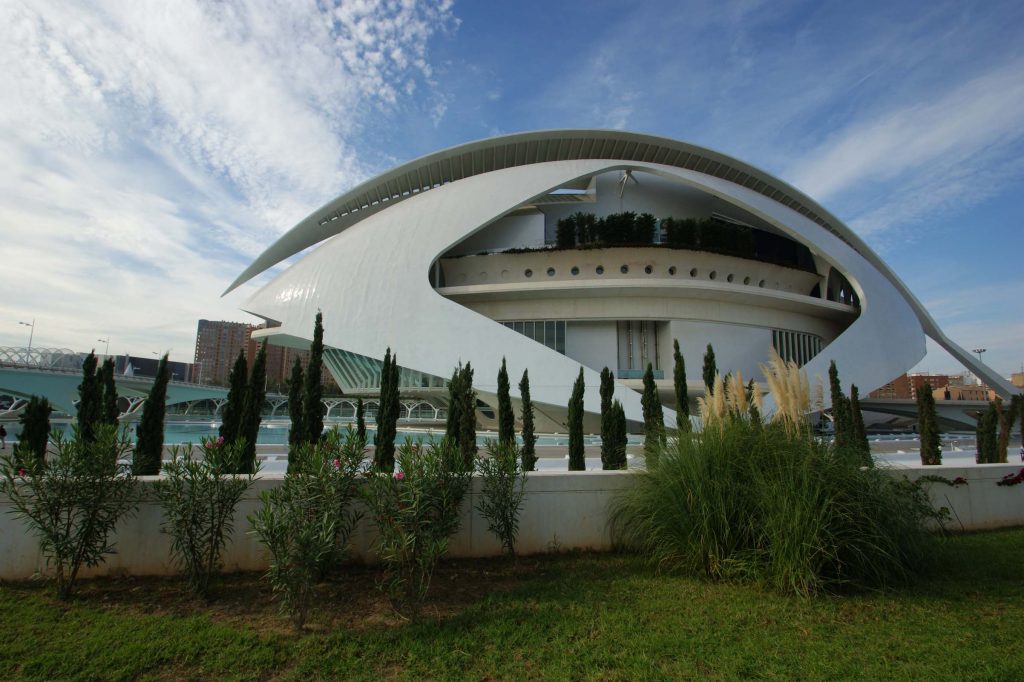
© Copyright , ZombieBunny.Org
The Palace of the Arts Valencia is a stunning building that was constructed for the city’s 2007 America’s Cup campaign. Designed by world-renowned architect Santiago Calatrava, the palace is one of the most iconic structures in Valencia. The building features a beautiful glass facade and is home to a concert hall, an opera house, and a museum. The museum houses a collection of art from Valencia’s America’s Cup campaign, as well as a range of other artworks. The collection includes paintings, sculptures, and photographs.
The building’s concert hall, known as the Palau de les Arts Reina Sofia, is one of the finest in Spain. The hall features amazing acoustics and is host to some of the world’s most prestigious orchestras and musicians. The opera house, meanwhile, is one of the most technologically advanced in the world. It features a state-of-the-art sound system and an innovative stage design that allows for a variety of productions to be staged.
The Hemispheric

© Copyright , ZombieBunny.Org
The Hemisfèric itself is shaped like a giant eye, and its design is truly unique. Inside, you’ll find an IMAX cinema, planetarium, and laserium.
The IMAX cinema is one of the most popular attractions at the Hemisfèric, and it’s well worth a visit. The planetarium is also a great option if you’re interested in learning more about the night sky. And finally, the laserium is a must-see for anyone who loves light shows.
When visiting the Hemisfèric, there are a few things to keep in mind. First, the Hemisfèric is located in the City of Arts and Sciences, so you’ll need to purchase a ticket to the complex in order to gain entry. Tickets can be bought online or at the ticket office onsite.
Second, the IMAX cinema is very popular, so it’s a good idea to buy your tickets in advance. You can do this by visiting the IMAX website or by calling the box office. Lastly, the laserium show is very popular, so it’s best to arrive early to get a good seat.
The Oceanographic Aquarium

© Copyright , ZombieBunny.Org
The Valencia Oceanographic is a public aquarium in the city of Valencia, Spain. It is located on the eastern end of the Ciudad de las Artes y las Ciencias complex. The aquarium has over 500 marine species on display.
The main tanks at the Valencia Oceanographic are:
- The Tropical Seas Tank is a large, cylindrical tank with a coral reef and a wide variety of tropical fish.
- The Mediterranean Sea Tank is a large rectangular tank with a view of the city of Valencia in the background.
- The Deep Sea Tank is a small, circular tank with a deep-sea environment including sharks, rays, and other fish.
The Valencia Oceanographic also has a number of smaller tanks that house different species of fish, amphibians, reptiles, and invertebrates. There is also an educational area with touch tanks, games, and activities for children.
Given our short stay at this port, the aquarium was the only one we purchased tickets to and visited. Having been to some great aquariums in the US this was indeed a great one to visit. Even if you don’t have kids with you I highly suggest making time for both the aquarium and the City of Arts and Science.
Parque de Gulliver

© Copyright , ZombieBunny.Org
Parque de Gulliver is a unique attraction in Valencia, Spain. The park features a giant statue of Gulliver from the novel “Gulliver’s Travels” by Jonathan Swift. Visitors can explore the park and climb on the statue for an incredible view of Valencia.
The picture above is a miniature of the park and what it would look like from overhead. Whereas the picture below is the actual size (In this case one of the arms). As you can see, this thing is massive and the kids had a great time playing. We also used this as a great location for a lunch break.
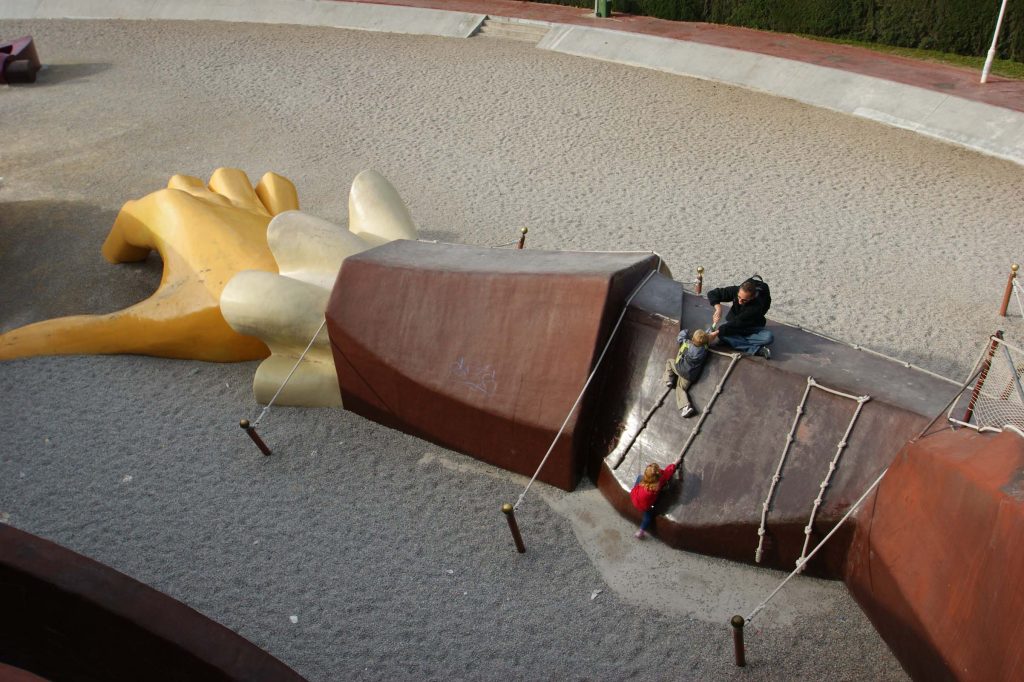
© Copyright , ZombieBunny.Org
Needless to say, the park is a great place to visit for all ages. Kids will love climbing on the statue and exploring the park, while adults can enjoy the scenic views.
Food
Valencia is one of Spain’s most renowned gastronomic destinations. The city’s cuisine has been shaped by a long history of trade and cultural exchange, and today it offers a wide variety of culinary experiences. From traditional paella to cutting-edge molecular gastronomy, there is something for everyone in Valencia.
If you’re looking for a traditional Valencian meal, look no further than paella. This iconic dish originated in Valencia, Spain. It is made with rice, vegetables, and meat or seafood. Paella is typically cooked in a large pan over an open fire. The dish is then served directly from the pan to the diners.
For something a little more modern, Valencia is home to some of Spain’s best molecular gastronomy restaurants. These establishments use cutting-edge techniques to create innovative and delicious dishes. If you’re looking for an unforgettable dining experience, be sure to check out one of Valencia’s molecular gastronomy restaurants.
Lastly, don’t miss the Bunyols. They are a type of fried dough that is popular in Valencia, Spain. They are usually served with a sweet dipping sauce or sprinkled with sugar. Bunyols are a traditional Spanish treat and are often eaten during the Carnival season. If you’re in Valencia during Carnival, be sure to try some bunyols!
Please support our site and purchase something from our store.


